It’s that time of year: Is it a wild mustard or a wild radish?
While mustards can vary a lot within the genus, and radishes as well, there are some family differences. They are, however, used the same way.
The mustards tend to have clusters of blossoms without prominent veins on the petals. Radish blossoms tend to not be in clusters but more singular. Radish blossoms have more pronounced veins. Leaves can vary as well. Mustards tend to be smoothed leafed, radishes rough but that can vary with the opposite true as well. Height can also be a factor. Mustards like to grow straight and tall, radishes twist and bend. They would be tall if they did not have scoliosis. The blossom color can vary within the families. Mustards and radishes can both range from yellow to pink to white. Also no matter where you are in the world a mustard or a radish will have four petals and six stamen, four long, two short. To read more about the mustard go here, the radish here.
How to pick a cactus pad. In a word carefully. Most foragers know cactus have edible parts but what does one look for, generally? First make sure it’s a pad, segmented often oval or tear-drop shaped. You do not want anything that looks serpentine. Also no white sap. White sap in plants that resemble cactus can be very deadly even after being dry many years. In one case smoke from burning dessicated euphobia branches killed some stranded people. They were trying to stay warm around the fire on a cold desert night. So, pads, no white sap. While which cactus you collect (opuntia or nopales) might be the luck of the draw, the less spines the better, and the less glochids the much better. Glochids are tiny tuffs of sharp hair that hurt, are hard to dig out, and last for days. Ma Natures knows the pads are good food so she protects them mightily. Big spines can be cut, burned or scraped off, glochids burned or washed off. Just scraping is not so successful with glochids. Wear stiff gloves without seams. Those little glochids will pass right through seams and get ya. Hint: Young pads, the ones we want anyway, often have not developed glochids.
Let us presume you have a spineless, glochidless young pad. What do you do with it? You can eat it raw, skin and all, or roast it or boil it. I know one restuarant that steams them (preserving color) then lightly grills them puting the pads whole on a Mexicanesque hamburgers. With older (de-spined) pads you can still eat them raw or cook. Usually the tougher spine “eyes” are removed just like you would with a potato. And the pad can be peeled as well. Pads at a certain point become woody and too tough to eat. To read more about cactus click here.
Florida Herbal Conference is February 15-17. You learn better at conferences because you are getting a distillation of information from teachers with years of experience. Any questions can be answered quickly and to the point, no rummaging around to resolve an issue. You’re also with like-minded folks so there instant camaraderie. You are the majority. For more information and to sign up go to: Florida Herbal Conference.
Urban Crawl. It’s that time of year. Christmas is just a week away. If you look at my class schedule there’s private forage scheduled for December 24th, Christmas Eve. That’s for you. Because you read this newsletter you will know about a free, class I do every year around this time. We meet at a Panera restaurant and wander around Winter Park village for two or three hours looking at wild edibles along with some cultivated and ornamental ones. No fee, be my guest. Just a romp and a couple of cups of coffee. Ho ho ho. It’s my Christmas present to any subscriber (et ali) who wants to participate. When: Dec. 24th, time 10 a.m., rain or shine… or snow…. Location: 329 North Park Avenue, Winter Park, FL.
New articles: Corn Smut. Hardy Orange. The Language of Flowers. Monkey’s Apple, Ringless Honey Mushrooms, Che, And Wild Ginger, which is myrmecochoric, seeds spread by ants.
This foaging newsletter’s number of subscriptions grew 100% this year. Not shabby. However the mailing program allows subscriptions to be deleted if the reader has not opened four newsletters or more in a row so the actual gain was 50%. Still good. I have a financial interest in removing non-opening subscriptions in that the mailing cost is directly related to the number of subscribers. People who receive the newsletter but don’t open it reduce the reader rate, the click through rate, and increase the cost. Thus the newsletter is sent only to those who regularly open it. In the future there will probably be either ads or a subscription fee. Personally I would prefer tasteful ads. While it may not seem so it takes, on average, about 12 hours a week to create and mail the newsletter. And I would like to thank the vivacious Kelly for her proof-reading and tolerating my counter arguments. Writing any regularly-occurring work is a challenge because it’s a non-ending insatiable appetite. The literary beast is always hungry and the dead line is always hovering. As long as it is enjoyable — for me and you — I will keep crafting it.
To donate to the Green Deane Newsletter click here.

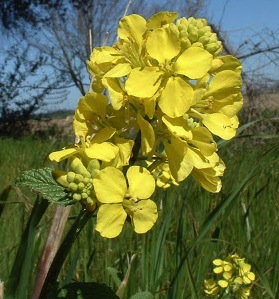
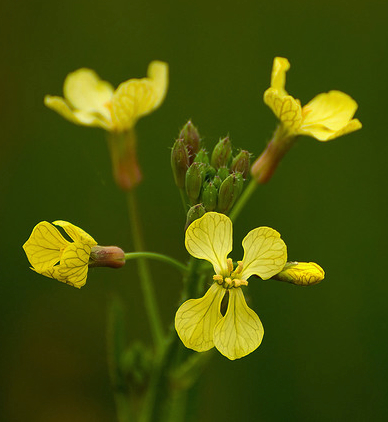
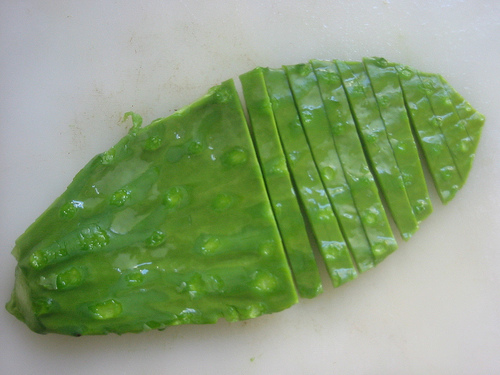
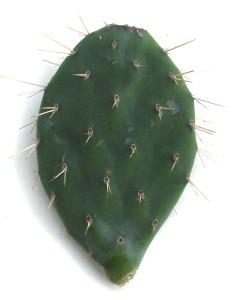
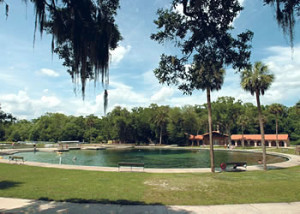
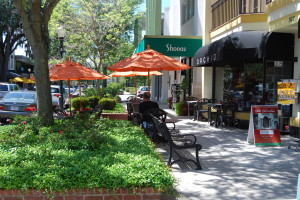
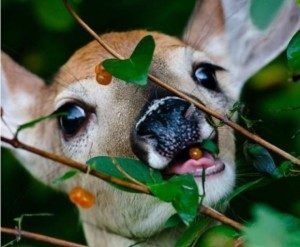

Hey Dean. Merry Christmas & a Happy New year to you. I remember asking you during your class about a DVD. Have you given it any more thought? I would be most interested in purchasing one and adding you to my “prepper” supplies. Your an essential as far as I’m concerned. Take care and may the new year be good to you and yours.
Jeff Tobias.
The DVDs are almost ready.
What? DVD’s – tell me more!
I might not open your email News Letter the day it comes but I do read them, copy the info and make my own book. Please keep sending them, it is a high light in my day!
DVDs of teh videos on You Tube have been in the works for over a year. We are down to issue related to printing on the disks themselves. As soon as that is resolved they should be available probably as a set of six or seven. (There is a compromise between quality and the number of videos that can be put on a DVD.)
I love your newsletter and look forward to it each week. While I live in Ohio and a lot of the plants you discuss I’ll never see growing in my neighborhood, I still find your newsletters entertaining and informative. Thank you ! Maybe one day I’ll make it down to Florida for a class 🙂
Thanks…. however, the majority of the plants on the ETW website are found in Ohio.
About subscriptions and/or ads… if the ads are “tasteful” in your opinion, I wouldn’t object. Just please, please, please don’t do pop-up ads. They are so annoying. If you feel it necessary to charge for a subscription to your newsletter (in lieu of ads or in addition to ads) I’ll happily exchange dollars for the info you provide. You, and your newsletter, are appreciated!
If the ad route is evr gone down it will be placed ads not in-your-face pop ups.
Most grateful to you. Just consider when you speak of that dead language, Latin that is, even when you are right, there is a population of latinos following you as well who can’t help getting defensive about it.
I pay my respect to you. The world should be run by people like you, blessed beings by Ma Nature.
A devoted follower who can’t speak highly enough of people like you who have gone the extralenght to impart this knowledge to the general public, otherwise forgotten or being kept amongst a few.
I thank you from the bottom of my heart.
Long live Green Dean!!! Make sure you have a merry christmas and an even happier new year together with Oliver the cat, and everyone you consider precious, just like you are.
Sincerely,
Sonia
To my knowledge Latin is only spoken at the Vatica and a few smattering of conferences. I view the five Romance languages in a better light.
Green Deane,
I attended your class this past weekend in the Tampa Bay area. I was delighted to find that when I took my youngest daughter out Sunday morning in our community area I found several of the plants you had pointed out the day before. I mentioned your class to the person running our community center. She plans on contacting you and seeing if arranging a class on our area with the locals attending would work. I hope it does. Both my daughter and I will attend if you are able to do it.
That’s great, thanks. Glad you could ID some plants.
Thanks so much for what you give to the forage community. I often wonder how you continue no charge. How about donations? Like they do on wikipedia. Thanks again and have a great holiday.
Hey Deane,
Enjoy your newsletters here on the coast in Sunny Western Washington State. Please keep them coming.
Ron.
Dear, Deane,
I’m for the ads as you describe them.
HAPPY HOLIDAYS! I wish you good health in the new year. Thank you for your wonderful newsletter.
Best wishes,
Elizabeth
Dear Deane,
I’m for the ads as you describe them.
HAPPY HOLIDAYS! I wish you good health in the new year. Thank you for your wonderful newsletter.
Best wishes,
Elizabeth
I think most of our computers would block the pop ups anyway…
Just wanted to say thank you for the hard work you put into the newsletter and all of the knowledge you share with all of us. It is appreciated!
Hi Dean, Merry Christmas & Happy in the new year. Adverts would be ok add if they enhance the topics on ETW then all the better. I live in SE GA and am also interested in aquaponics If you know any ETW folks up that are likeminded here please feel free to pass my name & email address. Also looking foward to 2013 class date list. Thanks John Vitale
I feel your pain, Dean. I write a post Monday through Friday every week.
I’m told some of it is even readable.
Yours is always entertaining, and educational…I’ll be a regular reader of yours as long as you are writing.
Merry Christmas, and I hope to see you again next year,
db
I always enjoy reading your newsletter and I know just how time-consuming and personal-energy-using it can be to create. I did wonder how long it took you to do yours each week and now I know! Thank you for your MANY years of learning, educating and sharing.
It could probably takes less but one likes to fret over this and that which also takes time.
Thanks Dean I love the newsletter so much! Living in East Texas Piney Woods all my life I have always loved nature and have wondered about the native plants that grow here. It is so much fun to learn from your posts and the next day I am outside looking for the ones mentioned. Merry Christmas and Happy New year!
Sir , with enthusiasm I always look forward as when to receive the next issue of the Newsletter . I like it because here I find the beauty of nature . I must say I’m also learning much from it . In this issue , it came to my mind , that had I known before about cactus pad and the recipes that could be prepared from it , I should not have been staying for nearly two decades in Sana’a ( capital of Yemen ) watching almost all people of Yemen eating raw cactus pad without myself sharing the enjoyment . I feel sorry for not making the habbit of preparing at least the cactus jelly recipe during my stay there . In my home country , Sudan , people are not familiar with eating cactus pad and most of them have not even seen the fruit itself ; though the plant occurs as wild , some people grow it for ornamental purpose only . Referring to figs latex sap , isn’t it wonderful to find an old native Yemenese knowing nothing about the role of ” rennet ” in making cheese , yet tells of the use of twigs from the figs plant for the same purpose . Yemenese are described as people of wisdom . Thanks for your Newsletter for making me remember all this and the good days I’ve spent in Yemen with people who love living naturally .
Thanks again for all your effort. You’re the salt of the earth bud 😉